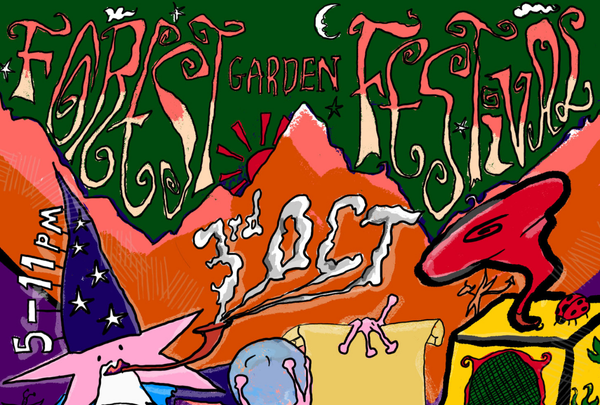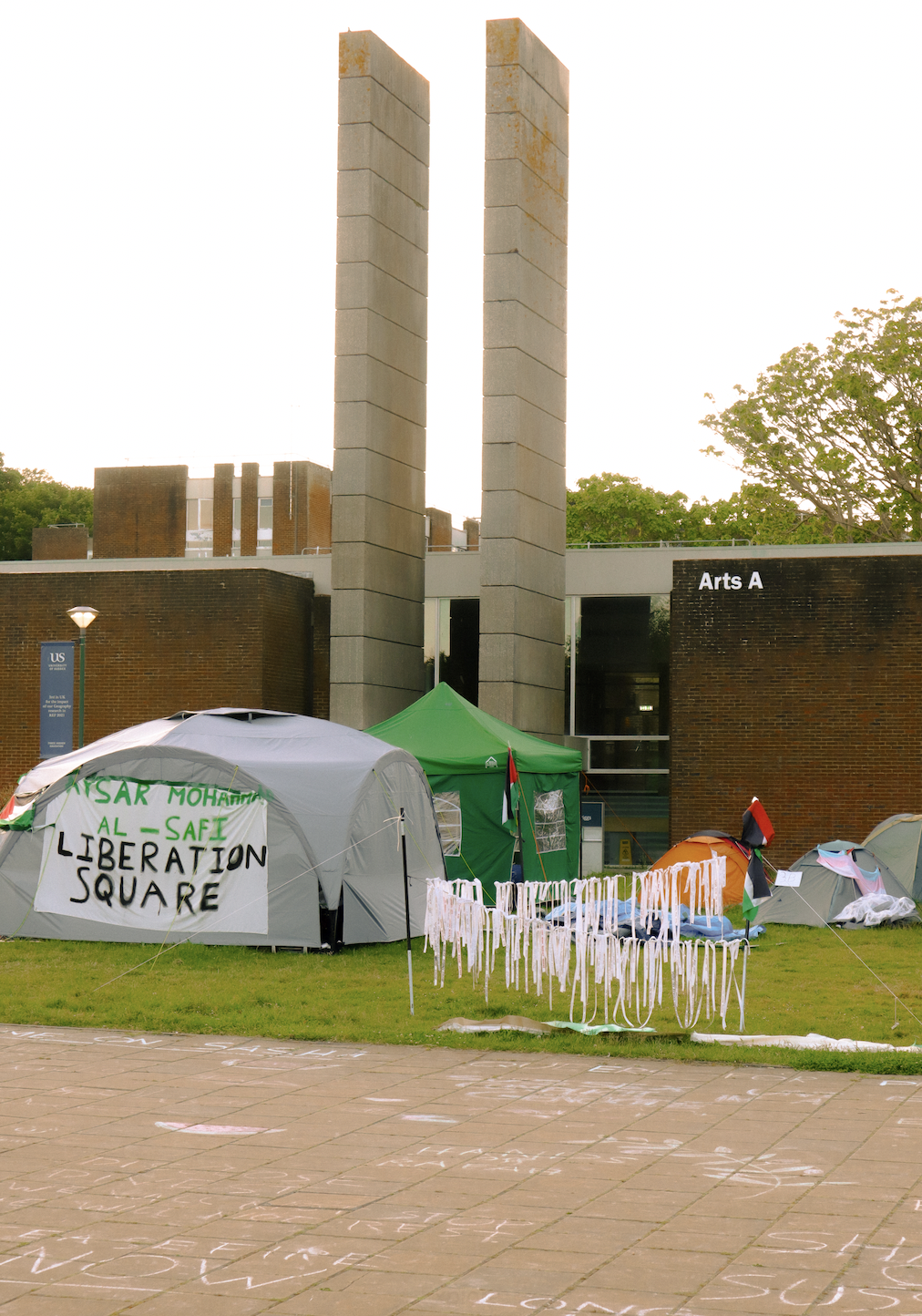The University of Sussex was founded on 16th August 1961, and in the nearly 64 years since the establishment of the university, the architecture continues to be a topic of conversation and contention. Uniquely Brutalist in style, the campus itself has taken on the character of the university – progressive, avant-garde and alive.
Born into existence as part of the ‘plate glass universities’ that utilised contemporary materials such as glass and steel, instead of the traditional redbrick previously favoured by university institutions, the structure of Sussex has been innovative since the beginning. Following the appointment of Sir Basil Spence and partners as the architects in 1954, Queen Elizabeth II opened the Library in 1964 – a marked event highlighting the new ideas, both structural and educational, that were being brought to UK universities no longer bound by previous practice. The unconventional turns toward modernisms continue today, with Sussex launching a 3,000 solar panel project in 2017 that was the largest of any UK university. The focus on the incorporation of ecological preservation with cultural addition has been at the heart of Sussex for over six decades and shows no sign of slowing down.
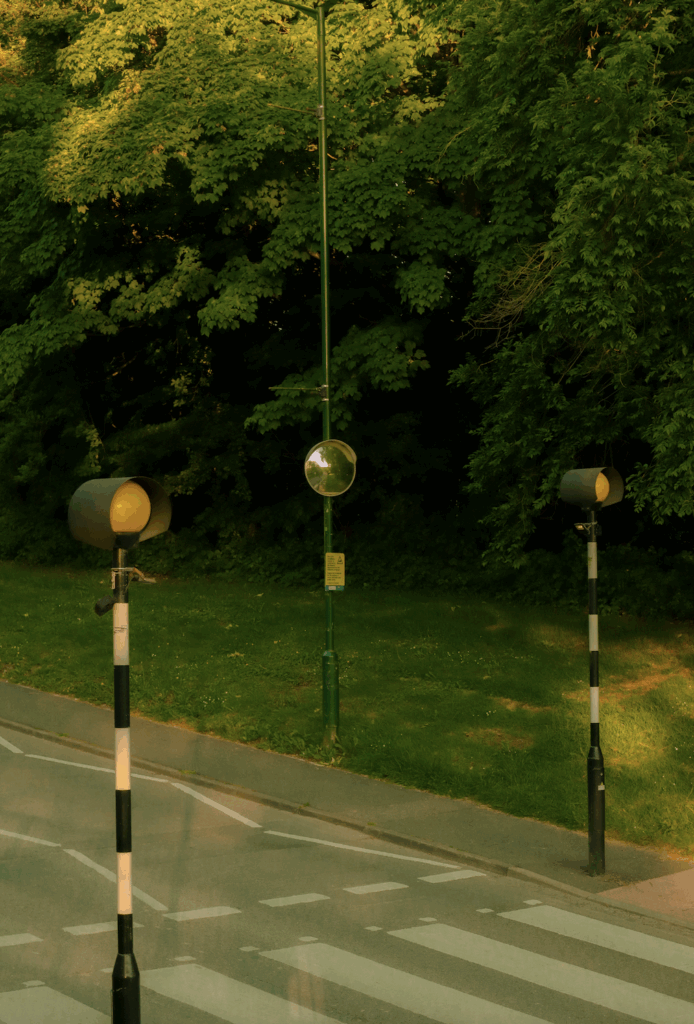
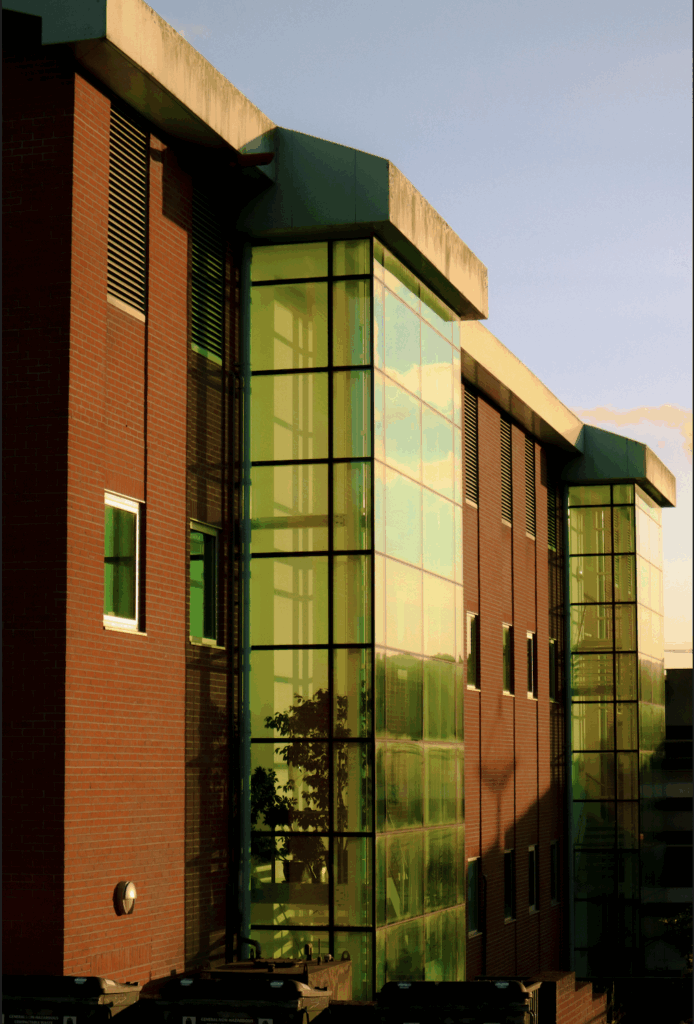
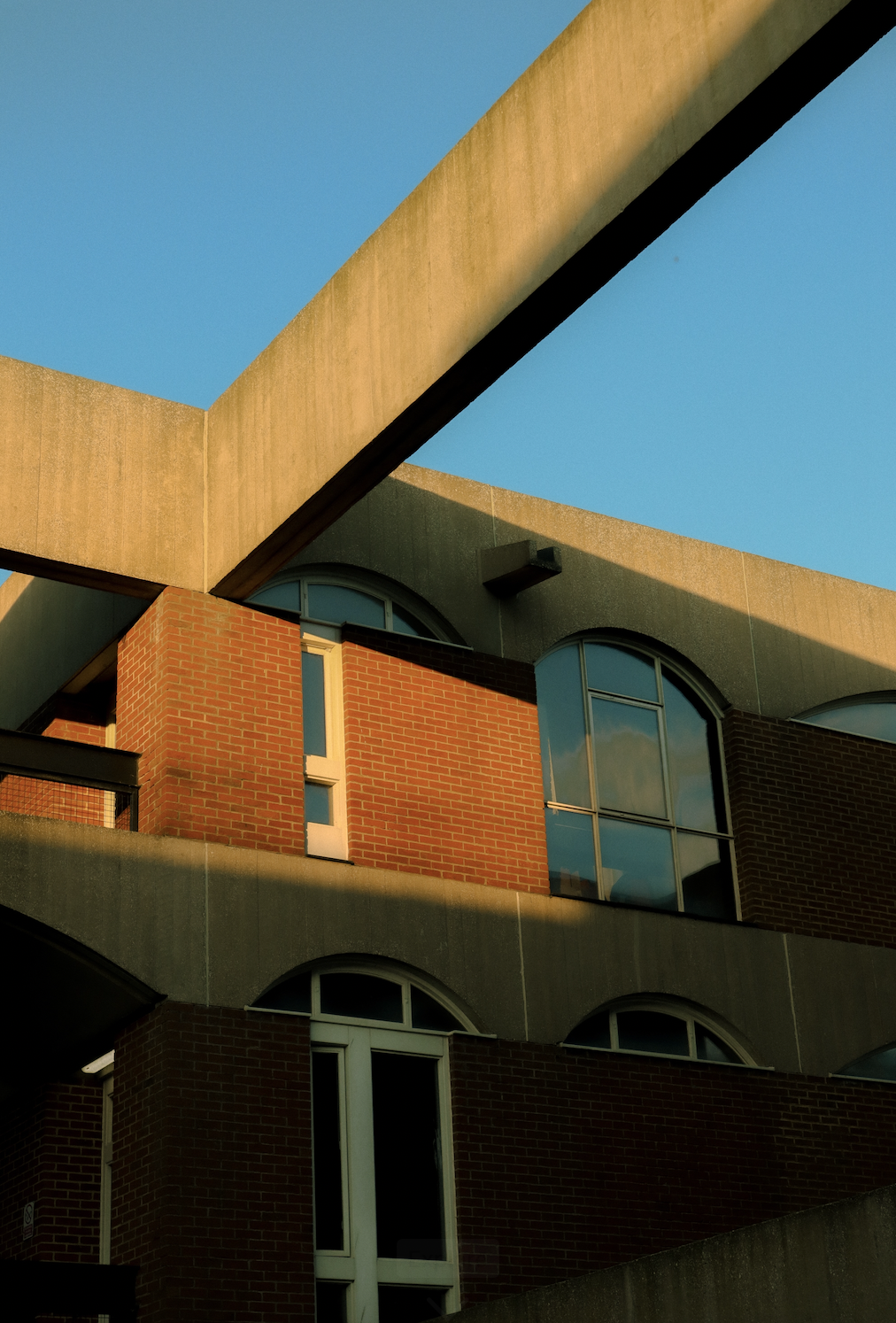
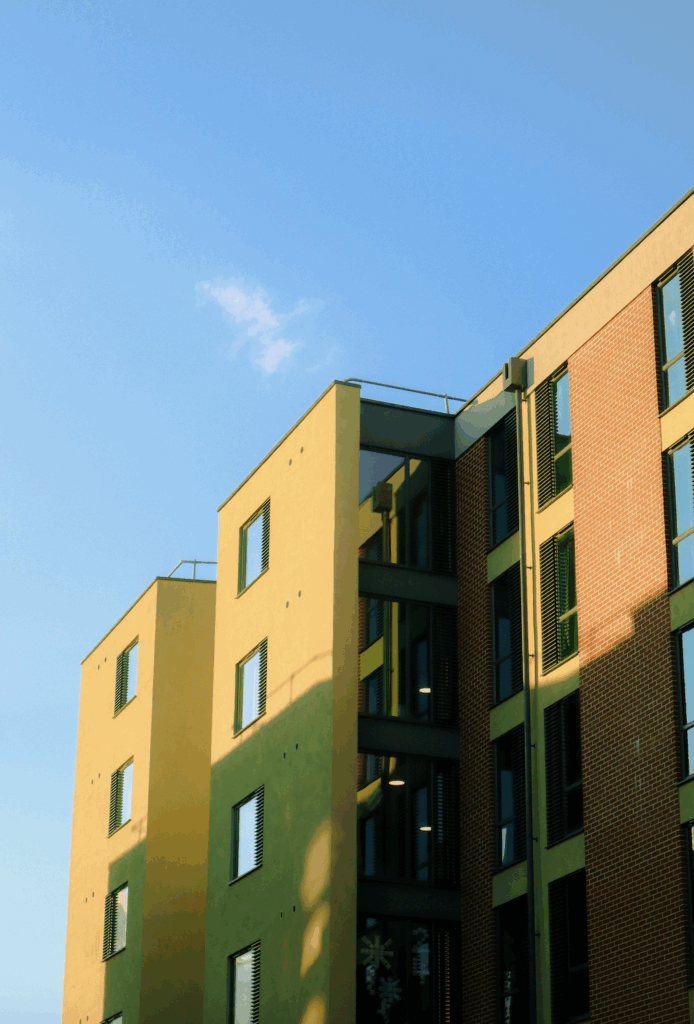
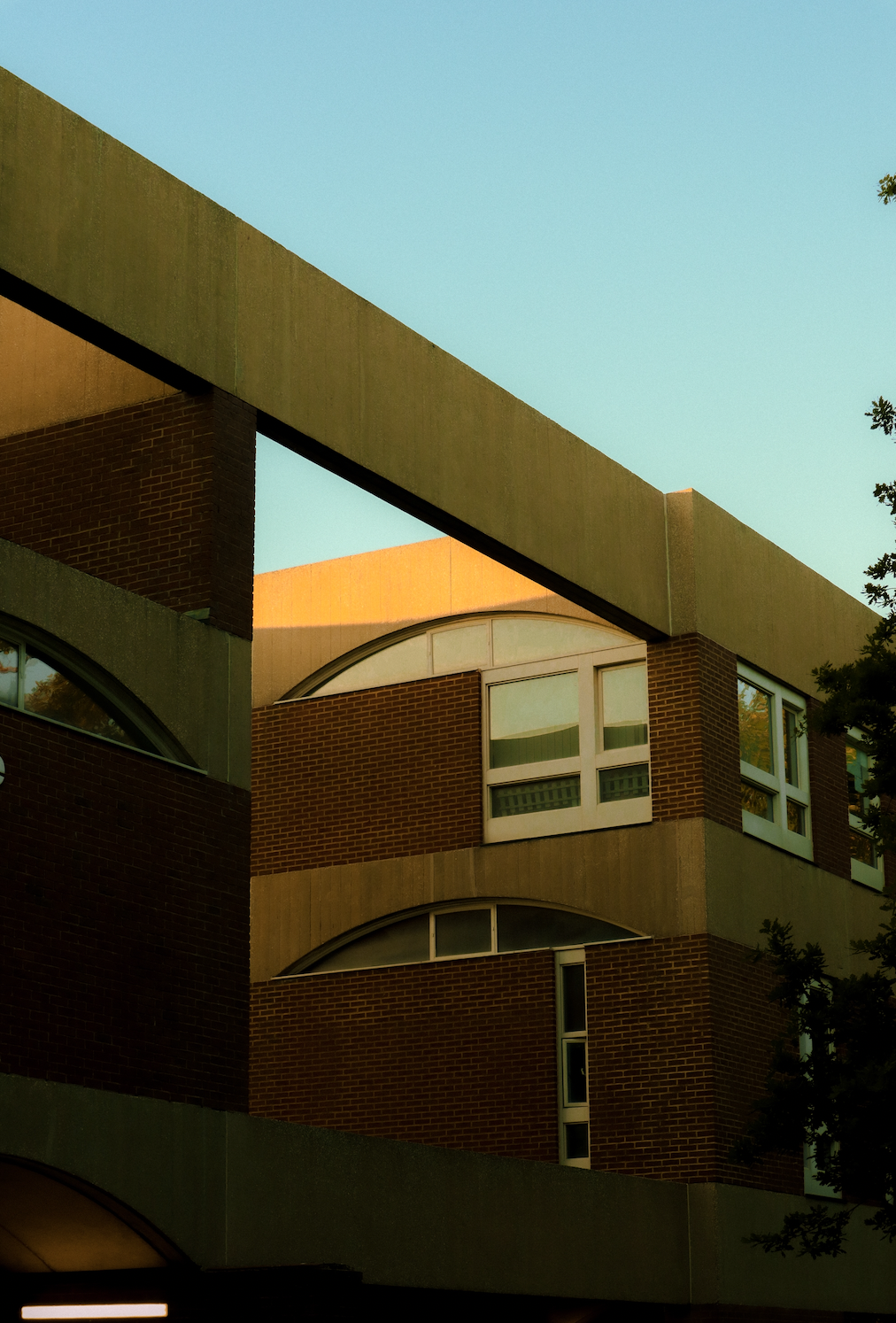
Notably, the university sits in the nationally protected South Downs, the only UK campus to be situated in an Area of Outstanding Natural Beauty (AONB). The juxtaposition between the brusque, abstract construction of the campus buildings and the rolling scenery surrounding it means that the university continues to be as visually intriguing and diverse as the student body occupying the space. Passing the outstanding Stanmer Park and various other sites of natural conservation on the daily bus to lectures is a consistent reminder that the development of the university was built in tandem with the natural world. The University of Sussex has never and will never exist in a vacuum. Introduced as part of the ‘new wave’ of universities post the Second World War, the modern approach to both the structural integrity and educational ethos of campus is built on values of innovation and progressive thinking. The buildings themselves are constructed as examples of change, designed largely by Sir Basil Spence and Dame Sylvia Crowe. Falmer House itself is a Grade I Listed building, reflecting the high standards of cultural contribution that the university itself demands.

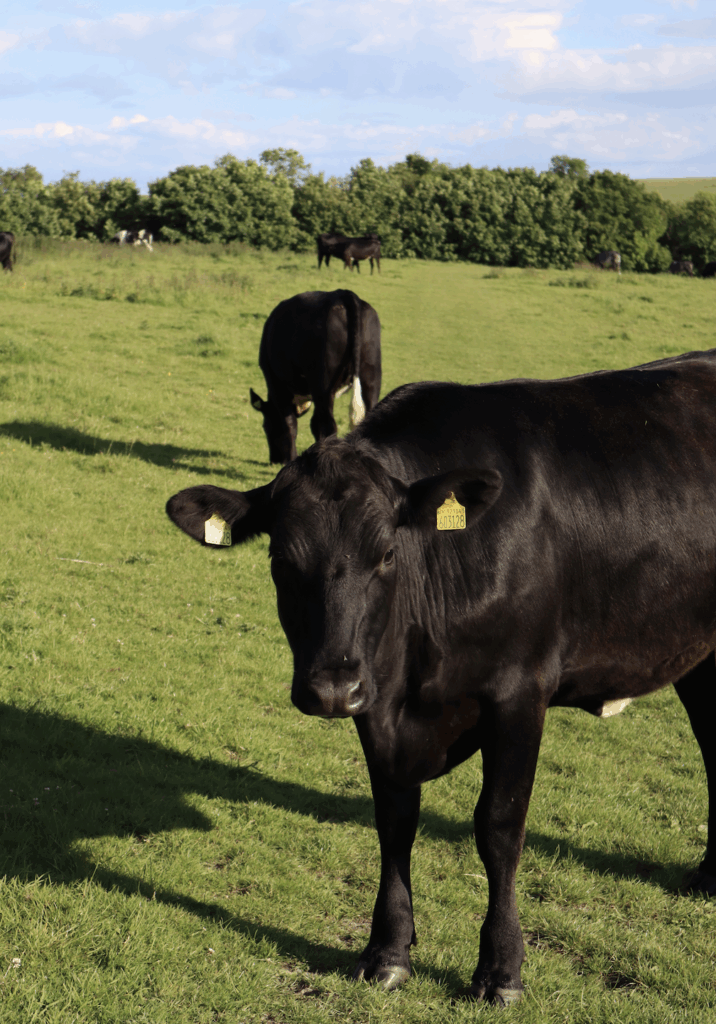
The modern experience on campus continues to be influenced by this foundational ethos of change. Sussex’s own lecturer of Art History, Dr Alistair Grant, continues to educate students on the details of the architecture. Each day students pass through the university, potentially without grasping the intentional, deeply layered meaning behind each choice of material or singular wall placement. Choices down to the type of flint used and where it originated connect the university to the natural landscape of Sussex, grounding the academic innovation fostered here with the ecological foundations from which it all began. Growth was, is, and will continue to be the heart of the University of Sussex – bricks may not physically change, but the ideas behind them continue to evolve.

This evolution of ideas becomes manifest in the students themselves, and how the campus is utilised as a ground for activism, community and cultural exchange beyond the confines of the classroom. Student-led communities such as the Forest Food Garden society (which utilises the areas of nature on the edge of campus) highlight the importance of the connection between students and space. The campus and surrounding area create an environment that fosters a mutual respect between the history of the grounds and the people who are growing within it.
This connection also extends to the world outside of Sussex that students have emotional and physical ties to, with many vibrant protests being held in landmark locations like Library Square against global injustices, such as the genocide being committed against the Palestinian people and their homeland. Evidently, the natural and the constructed forums of the university are home to a passionate desire to protect and promote social justice – for both people and planet. Changes to society were made here before, and will be made again.
You may also enjoy Lewes Bonfire Heats Up for Guy Fawkes Night or Kemptown: Straying from Central
Photographs by Fiona Muncaster.


